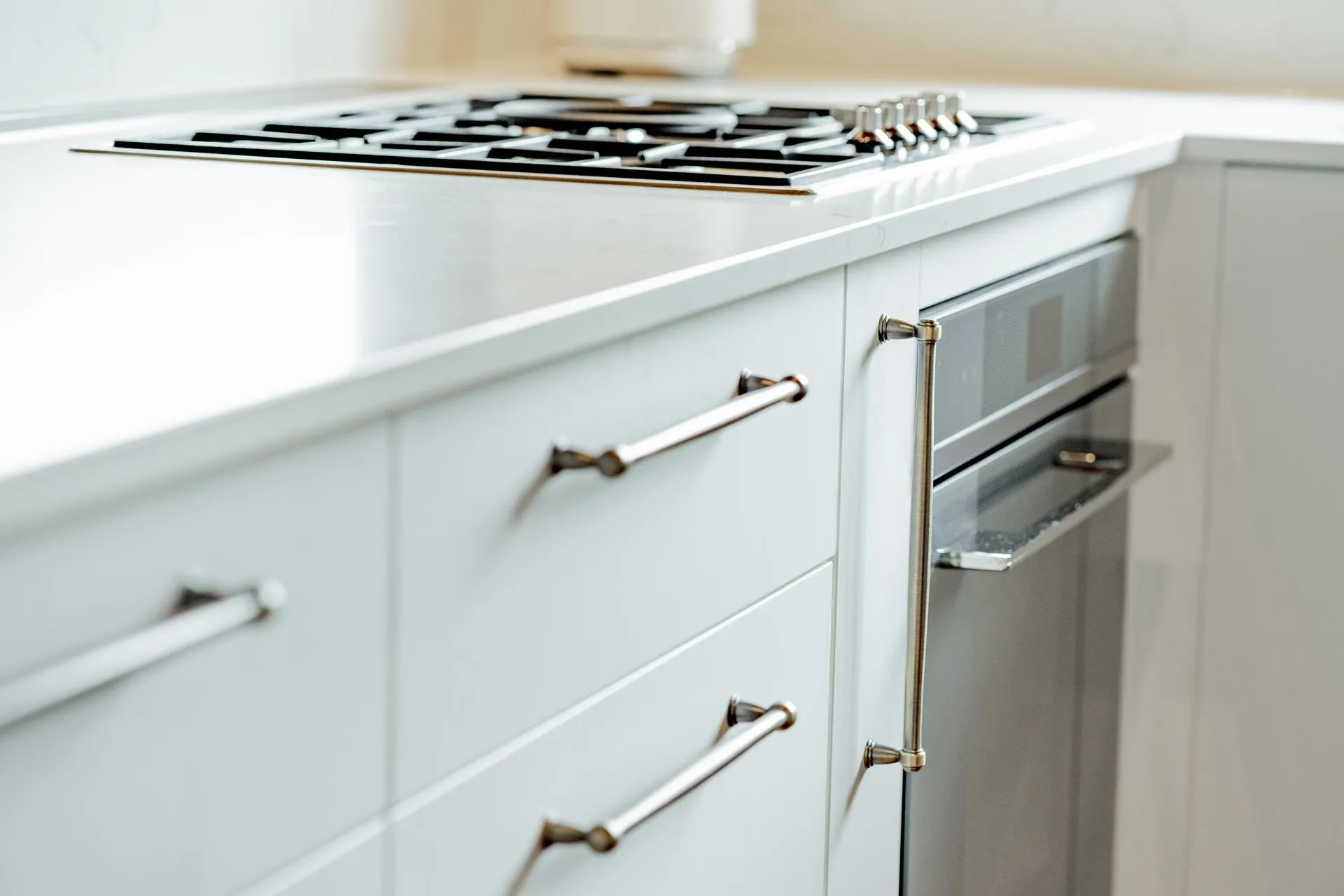Step By Step Guide To Renovations


Step By Step Guide To Renovations
by | May 5, 2020 | Renovations
“We have completed over 600 renovations, averaging around 120 jobs per year,” says Mark. “With a small budget, you’ll need to prioritise carefully, expect to do some of the work yourself, or undertake a plan. If you only have $20,000 perhaps it means you do the kitchen this year, but make an agreement with the tenants that if they are still there in 12 months, you’ll tackle the bathroom then.”
How to Guide
Step 1: Setting Goals – why are we doing this renovation?
A renovation for a buy and hold rental will have different goals from a property you intend to renovate and trade, or one day live in yourself. “Tenants can actually be put off by high end fixtures and fittings,” Mark says. “They are concerned that if these things should get damaged they will be expensive to replace. Go for tried and trusted brands on things such as tapware and appliances, so you can easily source replacement parts.”
For a buy and hold property, are you trying to increase return, in which case can you add another bedroom by turning a large laundry or sunroom into a bedroom, or can you extend? Is it generally tired, in which case you may be after ‘redecoration’ which is a cosmetic refresh using existing cabinetry, and adding touches such as a new coat of paint, as opposed to ‘renovation’ where you are removing walls and putting in whole new kitchen cabinets or shower units.
At the very least, renovations should safeguard you from tenancy vacancies and allow you to keep up your rent at a good market rate. Barry Adkins is the business owner of Quinovic Property Management in Mt Eden. “A tired property will lag behind in any rent rises. When smart properties are commanding 5% per annum rent rises, you may be lucky to achieve a 2% rise if your rental is shabby.”
Which brings us to….
Step 2: Planning
Consider issues such as: How to prioritise? What will give you your best bang for your buck? What is the most urgent issue to address? What skills do you have to complete tasks yourself? Where will you need to employ contractors? Will the time of year, and weather affect when parts of the project should be completed? Do any of the jobs need planning permission or consents? Consider your target market of tenants. Are you expecting a family to live in your property? In that case, you’ll want to include items such as secure fencing in your plan.
“Remember that by law, you can’t do plumbing or electrical work, without qualifications,” Mark Trafford says.
Step 3: Sharpen your pencil and crunch those numbers.
What value will it add? How will it increase return? Budgeting is essential. “Do your sums,” Mark Trafford stresses. “You don’t want to end up doing this for nothing. When you get quotes, be very sure exactly what is included, so that you can make comparisons. If you are going to do work yourself, factor in costs of your time, and time the property will be empty.
Step 4: The exciting part, get to work!
Monitor the work of your tradespeople, keep up with any inspections that may be required. If you are managing the project yourself, be aware of code compliance issues and timelines. Have a system for filing invoices, you may need them for any warranty issues. As you pay bills refer back to your original budget so you can track any overspends. If you blow the budget in one area, can you make savings in another?
Step 5: Review.
What went well, what were the pitfalls? Who would you use again, or recommend to your friends? What would you do differently? Can you review your rent now, and start to recoup your costs? Is it worth getting your property revalued, perhaps you can take that increased equity into a new property. In which case, repeat steps one to five!
Renovate with Us
MTP Renovations are one of New Zealand’s leading renovating specialists, we have helped hundreds of satisfied clients - now its your turn!

